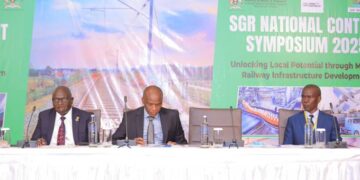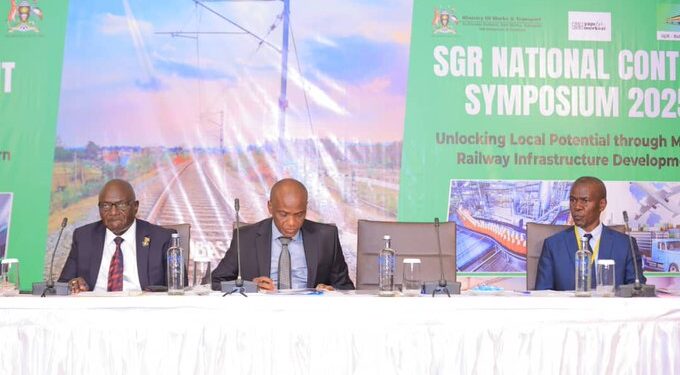Uganda will commence construction of its long-awaited Standard Gauge Railway (SGR) in April 2026, starting with the Malaba–Kampala Eastern Route, government officials have announced.
The Shs11.18 trillion project will be executed by Turkish contractor Yapi Merkezi and is expected to take 48 months, according to SGR Project Coordinator Canon Eng. Perez Wamburu and Works and Transport Minister Gen. Katumba Wamala.
“After over a decade of anticipation, the Standard Gauge Railway Project is finally taking shape,” Eng. Wamburu said on Saturday in Kampala. “Over the past year, we have shifted decisively from planning to execution. The EPC/Turnkey contract for the construction of the SGR that was signed in October 2024 is now partially under implementation through a Limited Notice to Proceed.”
He noted that Yapi Merkezi is already on site, conducting preliminary works including surveys, designs, and setting up logistics camps, under the supervision of SSF JV as the employer’s representative.
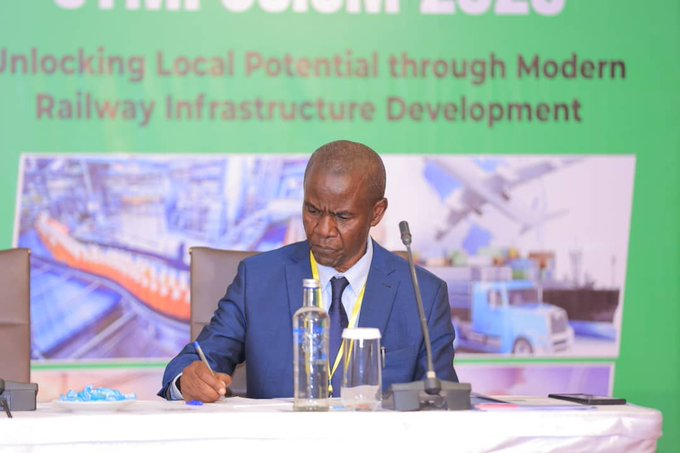
Uganda’s SGR network is planned to span more than 1,700km across four corridors: Malaba–Kampala (272km), Tororo–Gulu–South Sudan (762km), Kampala–Kasese–Mpondwe (383km), with a spur to Rwanda through Mirama Hills–Kabale (280km).
“In this project, local content is not a slogan; it is a work programme with clauses, milestones, and measurements. The contract contains binding obligations covering works, supplies, services, skills transfer, and jobs for Ugandans, targeting up to 40% of the contract value,” Eng. Wamburu emphasised.
He added that a Railway Training Institute will be developed in Uganda to build the required expertise, given that the country currently has fewer than 100 railway engineers, yet will need thousands to sustain the project.
Gen. Katumba Wamala underscored the strategic importance of the SGR, calling it the “backbone of Uganda’s economic transformation.” “For decades, our economy has borne the heavy burden of high transport and logistics costs. Today, it costs up to USD 3,500 to transport a container from Mombasa to Kampala by road. Using the SGR, the same distance will cost about USD 2,000,” the minister explained.
He also highlighted the wider benefits of the railway, including boosting industrialisation, easing agricultural trade, enhancing tourism, reducing road accidents, and cutting government expenditure on road maintenance.
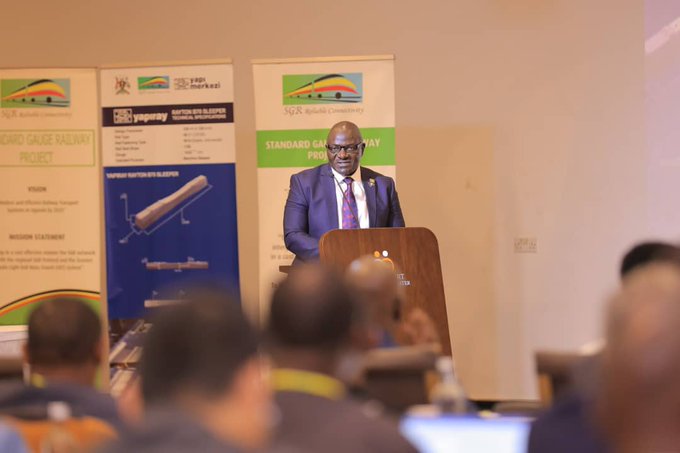
Permanent Secretary Bageya Waiswa, who represented Ag.Engineer In Chief Kitonsa, noted that the railway is far more than just an infrastructure project—it is central to Uganda’s transformation agenda.
“The Standard Gauge Railway (SGR) is not going to be just a transport line. It is going to be a strategic backbone for Uganda’s economic transformation. For decades, our economy has borne the heavy burden of high transport and logistics costs. Today, it costs up to USD 3,500 to transport a container from Mombasa to Kampala by road, while it will cost about USD 2,000 for the same distance using the SGR,” said Bageya.
When completed, the SGR network will move up to 30 million tonnes of cargo annually, cut business costs, and position Uganda as a logistics hub in East and Central Africa.
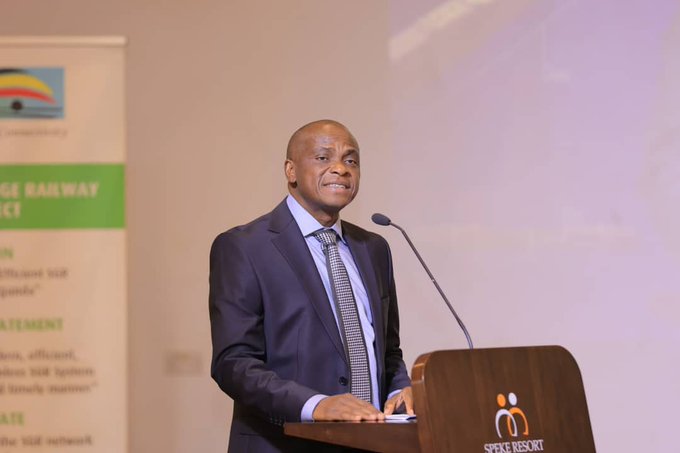
Katumba praised the Ministry of Finance for facilitating land acquisition and preparatory works, crediting the project’s momentum to President Museveni’s intervention. “This momentum reflects the decisive leadership of H.E. the President, who resolved the financing pathway and directed that we advance implementation without further hesitation,” he said.
On governance, Katumba warned that corruption and rent-seeking would not be tolerated. “Let me be clear: transparency and integrity are non-negotiable. Procurement processes must be open and predictable. Opportunities must be visible. Decisions must be defensible. Corruption, rent-seeking, and favouritism have no place in this project,” he stressed.
The minister added that Ugandan suppliers will be prioritised for inputs such as cement, aggregates, and steel, provided they meet international standards. “Standard Gauge Railway is not just about steel, sleepers, and locomotives. It is about people. It is about jobs for our youth, opportunities for our businesses, skills for our engineers, and a stronger future for our nation,” Katumba concluded.
